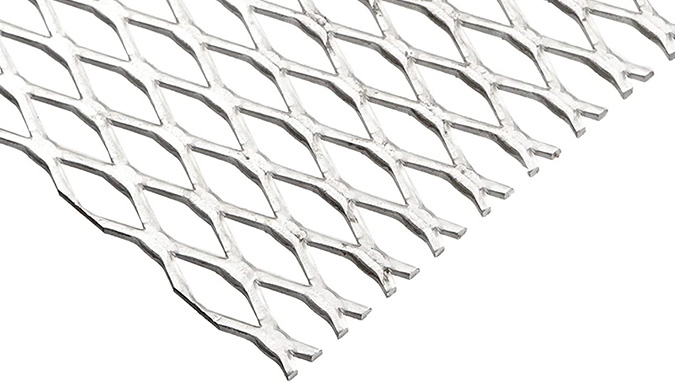Exploring Essential Parts and Features of Modern Automobiles
11 月 . 10, 2024 08:23
Understanding Car Components The Heart of Automotive Engineering
The automotive industry is a complex world of engineering marvels, where countless components work in harmony to ensure that vehicles operate efficiently, safely, and comfortably. Understanding the various car components is essential not only for engineers and mechanics but also for car enthusiasts and everyday drivers. This article delves into the key components of a car, exploring their functions and significance.
1. Engine
At the heart of every vehicle lies its engine, often referred to as the powerhouse. It converts fuel into mechanical energy, enabling the car to move. There are different types of engines, including internal combustion engines (ICE) and electric engines. ICEs can be further categorized into gasoline and diesel engines, each with its own set of advantages and disadvantages in terms of power output, efficiency, and emissions. Electric engines, found in electric vehicles (EVs), provide instant torque and are praised for their efficiency and low emissions.
2. Transmission
Behind the engine, the transmission system is crucial in transferring power from the engine to the wheels. It allows the driver to control the speed and torque of the vehicle. There are several types of transmission systems, including manual, automatic, and continuously variable transmissions (CVTs). Each type offers a different driving experience and efficiency level, contributing significantly to overall vehicle performance.
3. Braking System
Safety is paramount in automotive design, and the braking system is a critical component that enables drivers to control and stop the vehicle. Modern vehicles use disc brakes, drum brakes, or a combination of both. Advanced systems like Anti-lock Braking Systems (ABS) and Electronic Stability Control (ESC) enhance braking performance and safety by preventing wheel lock-up during hard braking and helping maintain vehicle control on slippery surfaces.
4. Suspension System
The suspension system plays a vital role in providing passengers with comfort while maintaining vehicle stability. It connects the vehicle’s body to its wheels and helps absorb shocks from the road. Components such as springs, shock absorbers, and struts work together to ensure a smooth ride and better handling. Proper suspension tuning is crucial for performance cars, as it affects cornering and overall road feel.
car components

5. Steering System
The steering system allows the driver to control the direction of the vehicle. There are two primary types of steering systems mechanical and power-assisted. Mechanical steering systems, such as rack-and-pinion, offer direct feedback and precision. Power-assisted steering systems, powered by hydraulic or electric means, reduce the effort needed to turn the wheel, enhancing the driving experience, especially in larger vehicles.
6. Electrical System
With the rise of modern technology, the electrical system in cars has become more sophisticated. It includes the battery, alternator, and various electronic control units (ECUs). The electrical system powers the vehicle’s lighting, infotainment systems, and critical functions like engine management and safety features. As cars evolve towards greater automation, the electrical system's complexity continues to grow, incorporating advanced driver-assistance systems (ADAS) and connectivity features.
7. Exhaust System
The exhaust system is vital for reducing harmful emissions and controlling noise produced by the engine. It channels exhaust gases from the engine out of the vehicle, passing through components like the catalytic converter, which helps reduce toxic emissions. The muffler is also part of the exhaust system, designed to minimize noise. With growing environmental concerns, modern exhaust systems are engineered to comply with stringent emission regulations.
8. Body and Chassis
The body and chassis provide the structural integrity of the vehicle. The chassis houses essential components such as the engine, transmission, and suspension. The body, designed for aerodynamics and aesthetics, influences fuel efficiency and passenger comfort. Innovations in materials, such as lightweight metals and composites, are driving improvements in performance and safety without compromising design.
Conclusion
Understanding car components is fundamental to appreciating the intricacies of automotive engineering. Each part serves a unique purpose, contributing to the overall performance, safety, and comfort of the vehicle. Whether you’re a car enthusiast or a regular driver, knowledge of these components can enhance your experience, enabling you to make informed decisions regarding maintenance, upgrades, and purchases. As technology advances, the relationship between these components will only continue to evolve, shaping the future of automotive design and performance.




















